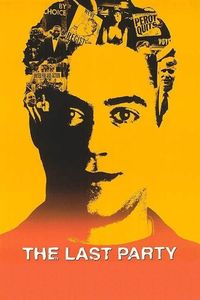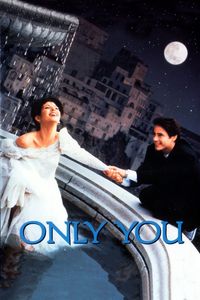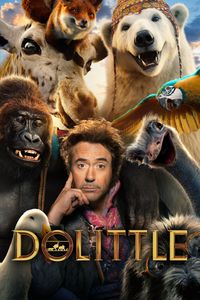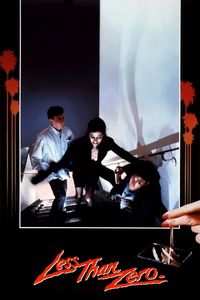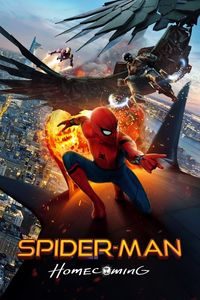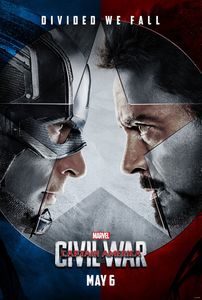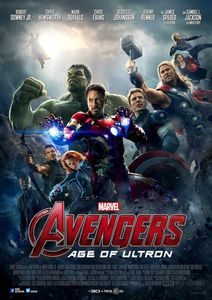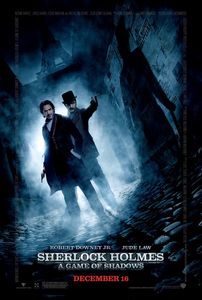The Last Party (1993)
(On TV, May 2021) Maybe incredibly self-indulgent, maybe a reflection of a specific time in American society, The Last Party follows a young Robert Downey Jr. as he pokes around the 1992 presidential campaigns, attends both the Democratic and Republican national conventions, and makes scattered social commentary. Maybe there’s an alternate universe in which Downey becomes a socially-conscious satirical filmmaker like his father rather than Iron Man — or turns to political commentary as an alternative to acting. What that would have been like can be glimpsed in this film, although Downey often chooses the role of a provocative dilettante rather than an authentic commentator. The documentary footage is a tour of American politics circa 1992, with both Bush and Clinton popping up alongside party establishment figures and showbiz rabble-rousers such as Spike Lee and Oliver Stone. It’s a strange mix of entertainment and politics from a time when we thought the two were separate. Downey clearly has democratic sympathies but takes potshots at both parties in questioning the status quo, although don’t expect much more than skin-deep aimless dissatisfaction as a guiding thesis. The result doesn’t have anything deep or new to communicate, but the time-capsule aspect of The Last Party can certainly be entertaining. We twenty-first century viewers aren’t necessarily smarter in looking at the film nearly three decades later, but we know how some things turned out and some never changed — Downey almost torched his entire career over addiction issues and re-became a superstar by an incredible fluke. One of the main American political parties went insane and dealing with that means that scant progress can be achieved. Everyone — literally everyone can now point a camera at themselves and spout inane platitudes that are accessible to the entire world. Are we better off? Let’s check again in thirty years.
